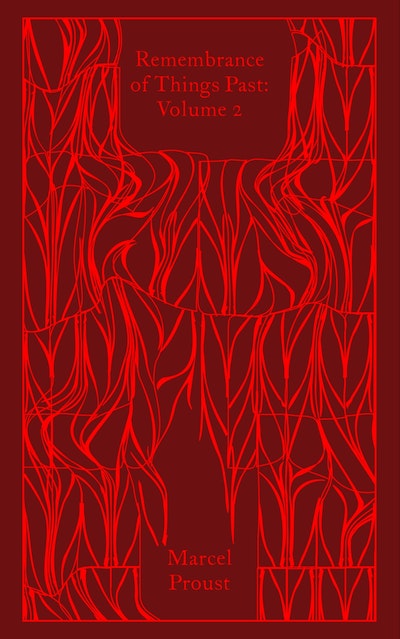

La prisonnière (The Captive The Prisoner)įirst English translation 1929 by Chatto and WindusĪlbertine disparue (The Sweet Cheat Gone The Fugitive)įirst English translation 1930 by Chatto and Windus Sodome et Gomorrhe (Cities of the Plain Sodom and Gomorrah)įirst published in 1921 (I) and 1922 (II) by Gallimardįirst English translation 1927 by Chatto and Windus Le côté de Guermantes (The Guermantes Way)įirst published in 1920 (I) and 1921 (II) by Gallimardįirst English translation 1925 by Chatto and Windus À l’ombre des jeunes filles en fleur (Within a Budding Grove In the Shadow of Young Girls in Flower)įirst English translation 1924 by Chatto and Windus Publishing historyĭu côté de chez Swann (Swann’s Way The Way by Swann’s)įirst English translation 1922 by Chatto and Windus Contrary to what Monty Python may suggest, you cannot summarise him, only read him. As, for example, Alain de Botton has shown, he is still very much relevant today. Le nouveau roman, for example, would never have happened without him. Most French writers, whether they were prepared to admit it or not, have been influenced, if only negatively, by him. Joyce certainly read him, though when the two met, it was not a success and it seems that they had little if anything to say to one another.


Proust was a key influence on many later writers and not just French. Technological change and how it was changing the world was also a key theme. Proust is very much concerned with artistic development and the formation of the artist and, indeed, two key characters in the book are respectively a painter and a musician. Marcel wants to become a writer and, by the end of the series, is about to become a writer, writing down what we have just read. This is not, of course, all that the book is about. To put it succinctly, for Proust, we are our memories. He goes on to write around 3000 pages prompted by this memory.
REMEMBRANCE OF THINGS PAST BOOK SERIES
As most people know, it is a series of memories, triggered by the narrator, Marcel, dipping madeleines in herbal tea. What can you say about this work? E M Forster, in his Aspects of the Novel said The book is chaotic, ill constructed, it has and will have no external shape and yet it hangs together because it is stitched internally, because it contains rhythm. Home » France » Marcel Proust » À la recherche du temps perdu (In Search of Lost Time Remembrance of Things Past) Marcel Proust: À la recherche du temps perdu (In Search of Lost Time Remembrance of Things Past) 'For the reader wishing to tackle Proust your guide must be C K Scott Moncrieff. his book is one of those translations, such as the Authorized Version of the Bible itself, which can never be displaced' - A. 'Scott Moncrieff's belong to that special category of translations which are themselves literary masterpieces. This first volume includes Swann's Way and Within a Budding Grove.

Scott Moncrieff's famous translation from the 1920s is today regarded as a classic in its own right and is now available in three volumes in Penguin Classics. A profound reflection on art, time, memory, self and loss, it is often viewed as the definitive modern novel. Proust's masterpiece is one of the seminal works of the twentieth century, recording its narrator's experiences as he grows up, falls in love and lives through the First World War. One of the greatest translations of all time: Scott Moncrieff's classic version of Proust, published in three volumes Print Remembrance of Things Past: Volume 1


 0 kommentar(er)
0 kommentar(er)
